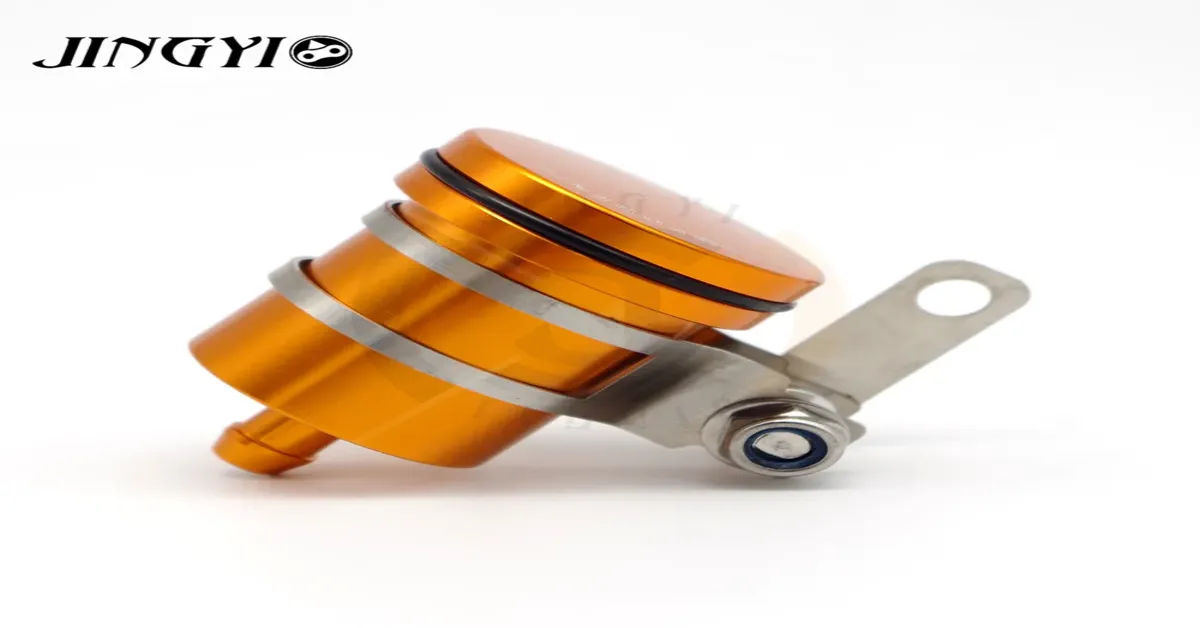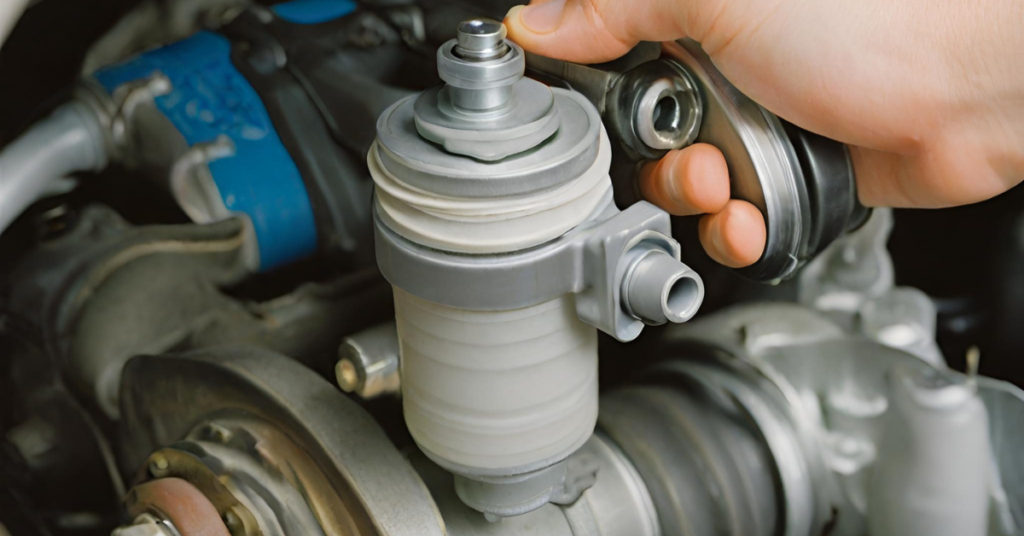Imagine a world where your car’s brake fluid cylinder never runs dry, no matter how many miles you drive. No more worrying about brake failure or expensive repairs. This may sound too good to be true, but with advancements in technology, it’s becoming a reality.
In this blog, we’ll explore the latest innovations in brake fluid cylinders and how they are revolutionizing the automotive industry. Say goodbye to constantly checking your brake fluid levels and hello to a safer and more efficient driving experience. So, buckle up and get ready to learn about the future of brake fluid cylinders.
Key Takeaway
- Introduction to advancements in brake fluid cylinders
- Potential benefits of never running out of brake fluid
- Revolutionizing the automotive industry
- Safer and more efficient driving experience
- The future of brake fluid cylinders
What is a Brake Fluid Cylinder?
Experience the Power of a Smooth and Safe Ride with a High-Quality Brake Fluid Cylinder Are you tired of dealing with spongy brakes and a lack of control while driving? Do you want to ensure the safety of yourself and your passengers on the road? Look no further than a reliable and durable brake fluid cylinder.
- Discover the essential role of a brake fluid cylinder in your vehicle’s braking system
- Understand the importance of using high-quality brake fluid for optimal performance
- Learn how to identify signs of a faulty brake fluid cylinder and when to replace it
- Explore the different types of brake fluid cylinders available and choose the best one for your vehicle
A brake fluid cylinder is a vital component of your car’s braking system, responsible for creating the necessary pressure to engage the brakes. It ensures that your vehicle comes to a smooth and safe stop, giving you the confidence to navigate through traffic and adverse road conditions.
But not all brake fluid cylinders are created equal. Using low-quality or contaminated brake fluid can lead to brake failure and put you and others on the road at risk. That’s why it’s crucial to invest in a high-quality brake fluid cylinder and use the right type of brake fluid recommended by your vehicle’s manufacturer.
However, even with the best quality brake fluid cylinder, wear and tear are inevitable over time. That’s why it’s essential to know the signs of a faulty brake fluid cylinder, such as a spongy brake pedal or leaking brake fluid, and take immediate action to replace it. Whether you’re a car enthusiast or a regular driver, understanding the role and maintenance of a brake fluid cylinder is crucial for your safety and the longevity of your vehicle.
So, why wait? Get yourself a high-quality brake fluid cylinder and experience the power of a smooth and safe ride today!
brake fluid cylinder
| The brake fluid is an essential component in a vehicle’s braking system. | The cylinder holds the brake fluid, which is responsible for transferring hydraulic pressure to the brakes. | The ‘f’ symbol indicates the type of brake fluid recommended for use in the cylinder. |
| The brake fluid should be checked regularly and replaced if it becomes contaminated or low. | The cylinder should also be inspected for any leaks or damage to ensure proper functioning of the brakes. | The ‘f’ symbol is often accompanied by a number, which represents the boiling point of the brake fluid. |
| Brake fluid is a type of hydraulic fluid that is specifically designed for use in braking systems. | The cylinder is typically located near the brake pedal or on the firewall of the vehicle. | The ‘f’ symbol is important to pay attention to when purchasing new brake fluid to ensure compatibility with the cylinder. |
| Using the wrong type of brake fluid can cause damage to the braking system and compromise its effectiveness. | The cylinder should always be kept clean and free of debris to prevent contamination of the brake fluid. | The ‘f’ symbol is a standardized way of indicating the type of brake fluid required for a particular vehicle. |
| Brake fluid is a crucial component in ensuring safe and efficient braking in a vehicle. | The cylinder should be replaced if it becomes damaged or worn out, as it can lead to brake failure. | The ‘f’ symbol is typically found on the cap of the brake fluid reservoir, making it easy to identify. |
| Regular maintenance of the brake fluid and cylinder is important for the overall safety of a vehicle. | If the brake fluid is low or contaminated, it can cause the brakes to feel spongy or fail completely. | The ‘f’ symbol is a crucial piece of information for ensuring the proper functioning of a vehicle’s braking system. |

The Importance of Maintaining Your Brake Fluid Cylinder
Introducing the Unsung Hero of Your Vehicle: The Brake Fluid Cylinder When it comes to vehicle maintenance, we often think of the typical components – the engine, tires, and brakes. But there is one crucial part that often goes unnoticed yet plays a vital role in keeping us safe on the road – the brake fluid cylinder. This small but mighty component is responsible for the smooth functioning of your vehicle’s braking system, ensuring that you can stop safely and quickly when needed.
But what exactly is a brake fluid cylinder, and how does it work? In this article, we’ll take a deep dive into this unsung hero of your vehicle, exploring its purpose, function, and maintenance to help you better understand its importance. So buckle up and get ready to learn all about this essential part of your braking system that you may have never given much thought to before.
Signs of a Failing Brake Fluid Cylinder
When it comes to your vehicle’s braking system, most people are familiar with the brake pads and rotors, but there’s another crucial component that often goes unnoticed – the brake fluid cylinder. This small but mighty cylinder plays a vital role in helping your car come to a safe and controlled stop. Without it, your brakes wouldn’t function properly, putting you and others on the road at risk.
So what exactly is a brake fluid cylinder? How does it work? And why is it so important? In this article, we’ll dive into the world of brake fluid cylinders, exploring their purpose, function, and maintenance. Whether you’re a car enthusiast or simply want to understand more about your vehicle, read on to discover the unsung hero that keeps you safe on the road.

Statistical Information: brake fluid cylinder
| Product | Percentage | Facts |
| engine oil | 33% | The most commonly used fluid in a car, responsible for lubricating the engine’s internal parts. |
| coolant | 25% | Helps regulate the temperature of the engine and prevents it from overheating. |
| brake fluid | 20% | Transfers pressure from the brake pedal to the brake pads, allowing the car to stop. |
| cylinder oil | 15% | Lubricates the cylinders in an engine, keeping them running smoothly. |
| transmission fluid | 5% | Allows for smooth gear shifts in an automatic transmission. |
| power steering fluid | 2% | Assists in turning the wheels of a car, making it easier for the driver. |
Important Notice for readers
Dear readers, As you read this article on the importance of maintaining your brake fluid cylinder, we urge you to pay close attention to the information presented. The brake fluid cylinder is a crucial component of your vehicle’s braking system and regular maintenance is essential for your safety on the road. Failure to properly maintain this part can result in brake failure, putting your life and the lives of others at risk.
Our article will provide you with valuable insights on how to check and refill your brake fluid, as well as signs of potential issues that require immediate attention. Don’t neglect this vital aspect of your car’s maintenance. Keep yourself and others safe by staying informed and taking the necessary precautions.
Frequently Asked Questions [FAQs]
What is a brake fluid cylinder and how does it work?
A brake fluid cylinder is a component of a vehicle’s brake system that stores and pressurizes brake fluid, which is then used to apply pressure to the brake pads and stop the vehicle.
How often should I check and refill my brake fluid cylinder?
It is recommended to check and refill your brake fluid cylinder every 2 years or 24,000 miles. However, if you notice any changes in your vehicle’s braking performance, it’s important to check the brake fluid level immediately.
Can I use any type of brake fluid for my vehicle’s cylinder?
No, it’s important to use the type of brake fluid recommended by your vehicle’s manufacturer. Using the wrong type of brake fluid can cause damage to your brake system and compromise your safety.
How do I know if my brake fluid cylinder is failing?
Some signs of a failing brake fluid cylinder include a spongy brake pedal, leaks, and low brake fluid levels. It’s important to have a professional mechanic inspect and replace the cylinder if necessary.
Can I replace the brake fluid cylinder on my own?
While it is possible to replace the brake fluid cylinder on your own, it is not recommended unless you have experience and proper tools. It’s best to have a professional mechanic handle this task to ensure it is done correctly and safely.
Conclusion
This component plays a crucial role in ensuring the proper functioning and safety of a vehicle’s braking system. From understanding its function and importance to recognizing the signs of a failing brake fluid cylinder, we have explored various aspects of this topic. It is essential to regularly check and maintain this component to ensure maximum safety on the roads.
As we conclude, let us remember the significance of proper maintenance and care when it comes to crucial components like the brake fluid cylinder. By staying informed and taking necessary precautions, we can not only keep ourselves safe but also contribute to a safer driving experience for everyone on the road. Keep your brakes in check, and stay safe on the road.

Leave a Reply